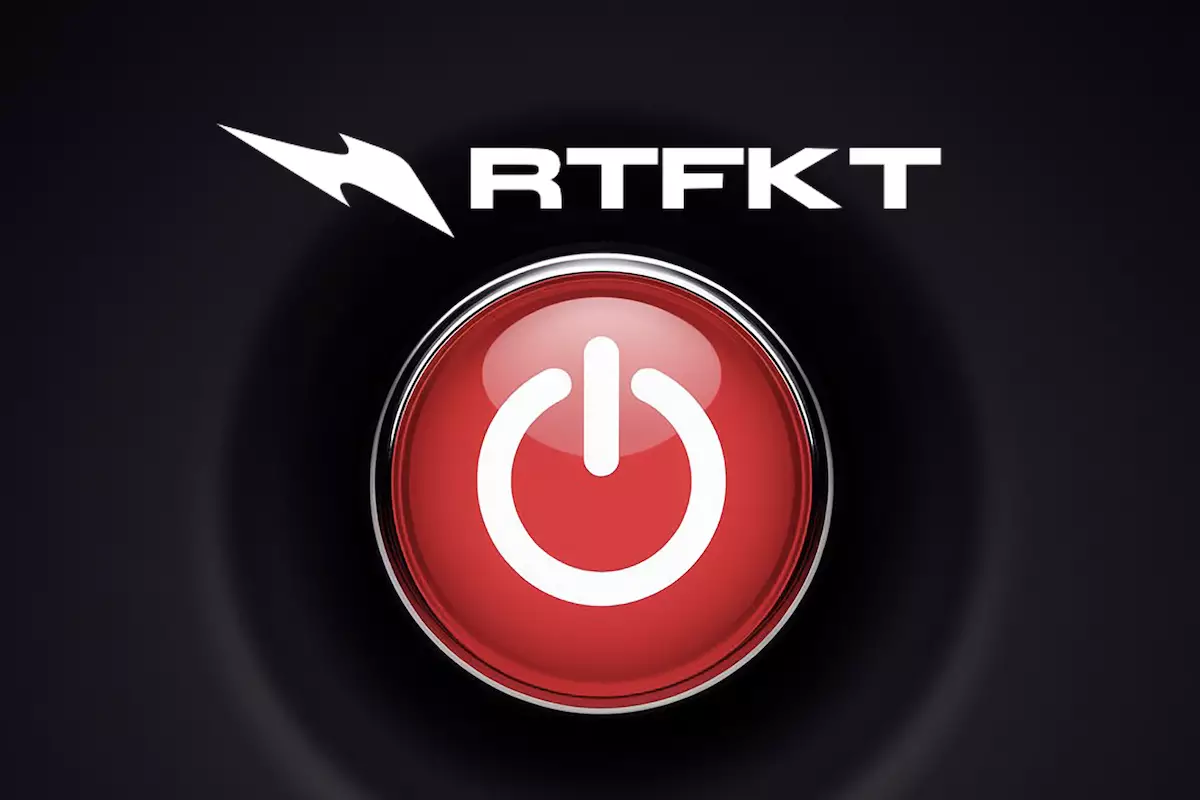The recent announcement from RTFKT, the Web3 studio acquired by Nike in 2021, about its impending closure by January 2025, has stirred a whirlwind of confusion and concern within the NFT and digital collectibles community. Known for groundbreaking projects like Clone X, which featured collaboration with renowned artist Takashi Murakami, RTFKT has carved a unique niche in the rapidly evolving landscape of Web3 technologies. As we unpack this surprising announcement, it becomes critical to assess what it means not only for RTFKT but for the broader Web3 ecosystem as well.
The Rise and Fall of an Industry Leader
RTFKT’s journey began in 2020, capitalizing on the nascent trend of NFT sneakers and digital assets. Under the umbrella of its parent company Nike, the studio appeared to be positioned for enduring success and innovation. Properties like Cryptokicks iRL sneakers—which boasted features such as auto-lacing and smartphone connectivity—underscore the studio’s pioneering spirit. The acquisition by Nike was viewed as a strategic leap into the realm of the metaverse, giving RTFKT a level of respect and industry acknowledgment. So, it invites curiosity to ponder how a company that so successfully navigated the turbulent waters of Web3 could announce its closure in such short order.
The company’s announcement has left many questioning the motives and circumstances behind this drastic decision. While the closure notion comes with their reflections on a legacy built over a remarkable few years, the reality leads to speculation about the internal dynamics at Nike. Were there diverging visions between RTFKT and the larger Nike enterprise? Or is this indicative of a more methodical retreat from the NFT arena amidst fluctuating market conditions?
The ownership transition with Nike surely placed RTFKT under a larger corporate structure, which can often stifle the creative and innovative impulses that birthed the studio. Many in the community have expressed confusion regarding RTFKT’s decision to launch a final product, the MNLTH X featuring the Blade Drop, just weeks prior to the planned shutdown. This move, described by the studio as “a testament to our commitment to pushing boundaries,” seems to contradict the notion of winding down operations. It creates a narrative that is devoid of clarity, with loyal fans left wondering why a new product is arriving when leadership is on the verge of dissolution.
Fans of RTFKT and those who have invested emotionally and financially in its projects are currently experiencing what can only be described as a sense of betrayal. While RTFKT aims to remain engaged by committing to updating existing collections and preserving their legacy through an archival website, questions loom large regarding royalties, intellectual property rights, and the future landscape of the community itself. Existing creators are voicing their frustrations, raising critical points about what happens now in terms of ownership and support.
The Bigger Picture: Implications for the Web3 Space
The closure also sparks discussions about the broader implications for the Web3 landscape as a whole. Are we witnessing a shift in corporate commitment to the NFT space, potentially closing the door on a segment of the market that is still struggling to find its footing? Given that RTFKT was viewed as a leader in driving the narrative around digital applications and assets, its closure may indicate a potential market contraction or re-evaluation of the viability of NFT-driven projects by larger brands.
In the wake of this announcement, it’s essential for the community and industry insiders to engage in dialogue about the future of digital collectibles and Web3 technologies. This incident serves as an important case study in understanding the challenges of balancing creative innovation within the constraints of corporate frameworks.
As RTFKT prepares for its closure, the community is left navigating an uncertain terrain. The studio’s statement about its impact on creators captures an essential truth—that although the studio may be closing its doors, the influence it exerted in the Web3 space is likely to endure. For those who built networks around RTFKT, the call for resilience is palpable.
This moment also necessitates a call to action for the NFT community, urging artists and creators to voice their needs and preferences regarding future support and frameworks for intellectual property. Ultimately, while RTFKT’s closure may signify an end, it is also a pivotal moment that invites reflection on innovation, strategy, and the path forward for the digital collectible space.

